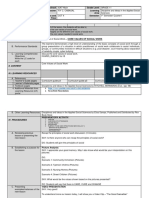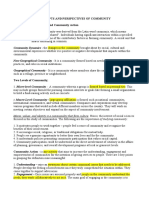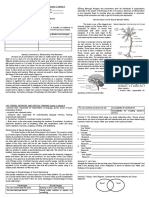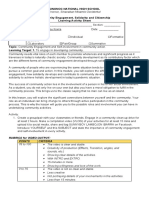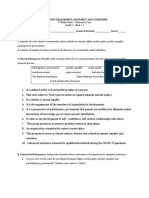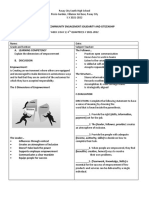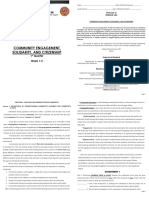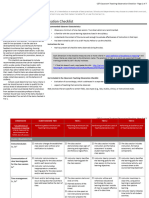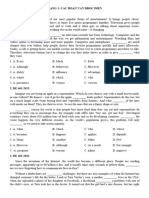0% found this document useful (0 votes)
142 views4 pagesDiscipline of Communication
Communication involves the transmission of information from a sender to a receiver through a channel. The goal of communication is to ensure the receiver understands the meaning and message being conveyed. Effective communication produces desired business outcomes, productive relationships, and satisfaction between individuals. There are several basic elements to the communication process, including a sender, message, encoding, channel, decoding, receiver, and feedback. Context is also important, as it can impact how the message is received and understood.
Uploaded by
Melissa PrudenteCopyright
© © All Rights Reserved
We take content rights seriously. If you suspect this is your content, claim it here.
Available Formats
Download as PDF, TXT or read online on Scribd
0% found this document useful (0 votes)
142 views4 pagesDiscipline of Communication
Communication involves the transmission of information from a sender to a receiver through a channel. The goal of communication is to ensure the receiver understands the meaning and message being conveyed. Effective communication produces desired business outcomes, productive relationships, and satisfaction between individuals. There are several basic elements to the communication process, including a sender, message, encoding, channel, decoding, receiver, and feedback. Context is also important, as it can impact how the message is received and understood.
Uploaded by
Melissa PrudenteCopyright
© © All Rights Reserved
We take content rights seriously. If you suspect this is your content, claim it here.
Available Formats
Download as PDF, TXT or read online on Scribd
/ 4

























